english | en español
Table of Contents
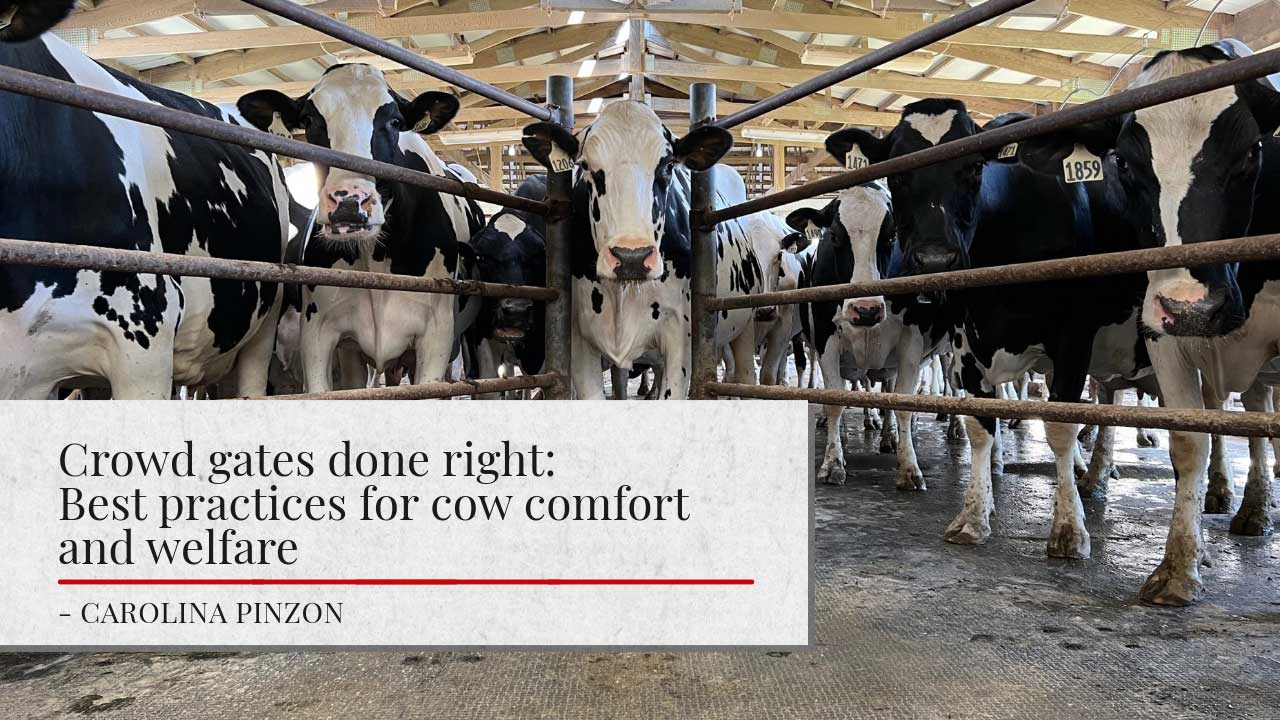
Introduction
Proper crowd gate functioning benefits both cows and dairy farm workers. For farm managers, effective staff training, regular crowd gate maintenance, and proper management are essential for ensuring successful crowd gate operation. While crowd gates help keep cows near the parlor entrance, it is crucial to avoid misusing them to promote positive animal welfare.
What is a crowd gate?
A crowd gate is a movable barrier that runs from the back of the holding area to the front, gently guiding cows into the milking parlor. When used correctly, a crowd gate reduces empty space in the holding area and improves cow flow, leading to more efficient milking. The gate can usually be raised or lifted overhead to return it to its starting position at the back of the holding area for the next group of cows. The crowd gate can be controlled manually or automatically.
Top three mistakes made when using crowd gates
The top three mistakes observed in the use of crowd gates and management of holding areas include:
- Overcrowding the holding area
- Careless use of the crowd gate
- Workers entering the holding area to chase cows
Each will be discussed below, along with best practices to address these common challenges.
Overcrowding the holding area
Common Mistake:
Overcrowding the holding area
Trying to fit too many cows into a limited space for extended periods can be detrimental to the animals’ welfare, production and health. In the holding area, cows are standing on concrete, away from feed, water, and comfortable stalls.
Signs of an overcrowded holding pen include cows with their heads up, unable to plant their four feet on the ground, and looking restless and uncomfortable. Short-term overcrowding can also result from misuse of the crowd gate, by employees pushing it too far forward and smashing the cows.
Overcrowding can become particularly uncomfortable during the summer months. Cows generate a lot of body heat, and they need air flow around them to dissipate that heat. In hot weather, a lot of cow bodies close together exacerbates heat stress and discomfort.
Best Practice:
Minimize stress and discomfort
Maintaining appropriate stocking densities in holding areas is crucial for cow welfare. Parlor and pen sizes should be balanced to ensure cows spend no more than 1 hour away from their pens per each milking. Recommended stocking density per cow in the holding area is at least 20 square feet (1.9 sqm).
If necessary, a large pen can be split into two smaller groups. While this increases the number of trips workers need to make to the parlor, it reduces the time cows spend in the holding pen. Additionally, short-term overcrowding can be minimized by moving the crowd gate backward to allow more space for the cows.
To mitigate heat stress, holding pens should be shaded and well ventilated. Enhancing natural ventilation or installing mechanical ventilation, along with sprinkler systems, can further increase evaporative cooling from the cows.
Careless use of the crowd gate
Common Mistake:
Careless use of the crowd gate
Neglecting animal welfare by using the crowd gate forcefully is a significant concern. Using the gate to aggressively push cows, moving it too quickly, positioning it too close to the cows, and/or using electricity to encourage cows to move can cause stress, fear, pain, discomfort, and potential injuries to the cows.
When the gate is operated manually, workers may not see what’s happening at the back of the holding area, increasing the risk of harming the cows. Also, when lowering the gate down there is a risk of hitting cows on the back, causing them to fall or be injured.
Furthermore, even when the crowd gate is used gently, it can still be operated inappropriately if employees leave insufficient space for the cows. If the crowd gate is pushed too close to the parlor for the number of cows remaining in the holding area, this can result in temporary overcrowding. The same problems described above will then occur.
Best Practice:
Provide a positive experience for cows
A predictable and calm environment provides a positive experience. Crowd gates should be moved gently, guiding the cows into the parlor without force. Remember, the purpose of the crowd gate is to adjust the amount of space in the holding area, not to physically push cows.
Once the cows on one side of the parlor have exited, the crowd gate can be moved forward. This regular adjustment is crucial to accommodate the changing number of animals and available space in the holding area. Automating crowd gates to move forward every time exit gates are open/lift can help reduce misuse.
Familiar sound cues, such as bells or ringing, can be used to train cows to move forward, rather than relying on the movement of the crowd gate. The use of electrified crowd gates is not advised. The crowd gate should remain at least 3 feet (1 meter) behind the cows, rather than being tight against their backs (proper use shown in Figure 1). If the gate gets too close to the cows, move it backward to provide more space before moving it forward again.
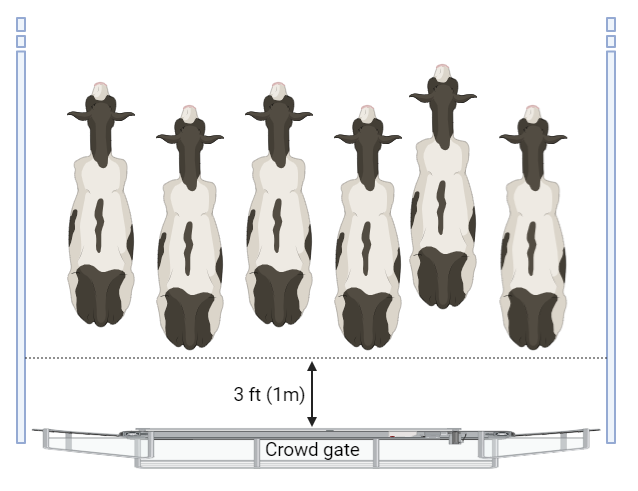
(Image created with BioRender.com)
Workers entering the holding area to chase cows
Common Mistake:
Workers entering the holding area to chase cows
Ideally, workers should allow the crowd gate to gently guide the cows into the parlor. However, some workers chase the cows from the holding area to the parlor. This practice may stem from bad habits, lack of training, or improperly functioning crowd gates.
Regardless of the reason, inconsistent use of the crowd gate can create confusion and stress for the cows. Without consistent cues, cows may become unsure whether to enter the parlor when the gate moves or when they are chased. There are also safety concerns for workers who can be trapped, pushed against or crushed by cows or the crowd gate.
Best Practice:
Regular training of workers and gate maintenance
Dairy workers must be trained regularly on cow handling and proper use of crowd gates. Emphasize the importance of not going into the holding area to chase cows and providing a consistent and calm environment. In fact, the national FARM Animal Care program requires continuing education on stockmanship at least once per year.
Except for when loading the last cows of a pen and fresh cows, the door from the parlor pit to the holding area should remain closed during most of the milking process. This physical reminder is to discourage workers from entering the holding area. In addition, regular maintenance of crowd gates, prompt reporting of issues, and swift resolution of problems by management are crucial for proper gate function.
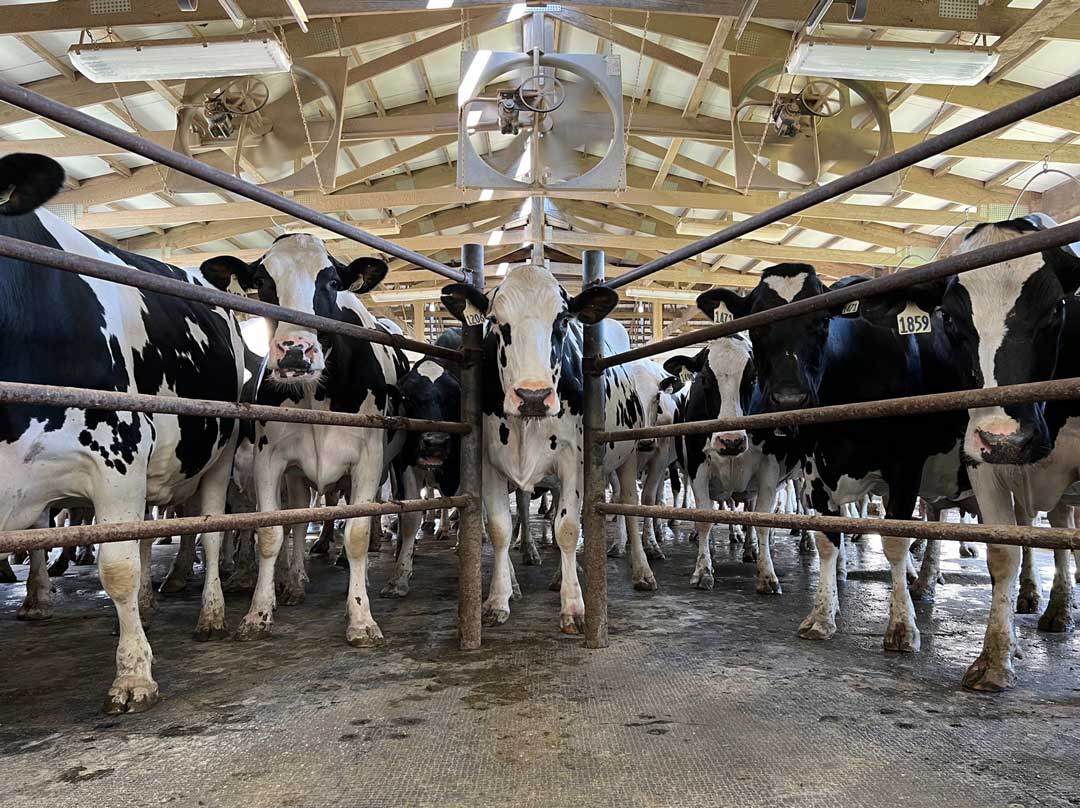
(Picture credit: Carolina Pinzón)
Conclusion
Proper use of crowd gates and effective holding area management are crucial for providing a positive environment for cows before milking. Comfortable and calm cows in the holding area exhibit several key behaviors (see Picture 1): they all face the parlor, are willing to enter on their own, have their heads positioned normally (neither up nor down), and have their feet firmly planted on the ground. Additionally, there is ample space for them to stand and move comfortably. Creating a calm, safe, and predictable environment for cows and workers will help us achieve this goal.
Addressing common challenges such as overcrowding in the holding area, careless use of crowd gates, and inefficient holding area management can be achieved through comprehensive and regular training of workers, as well as routine crowd gate maintenance. Training should highlight the dangers of powered crowd gates and entry/exit gates for both worker and cow safety. Let’s commit to making crowd gates a tool for enhancing animal welfare and operational efficiency. It’s time to make crowd gates work for us, not against us.
References
“Milking Parlor Holding Area (Collecting Yard)” – Dairyland Initiative, School of Verterinary Medicine, University of Wisconsin-Madison.
https://thedairylandinitiative.vetmed.wisc.edu/home/housing-module/adult-cow-housing/milking-center/
Reviewed by
Megan Nelson
Dairy and Livestock Program Manager
University of Wisconsin-Madison, Division of Extension
Jennifer Van Os
Assistant Professor and Extension Specialist in Animal Welfare
University of Wisconsin-Madison, Department of Animal & Dairy Sciences & Division of Extension
Author

Carolina Pinzón-Sánchez
Bilingual Dairy Outreach Specialist – As a statewide Dairy Outreach Specialist, Carolina identifies needs and incorporates research findings into high-quality outreach education programs around dairy production.


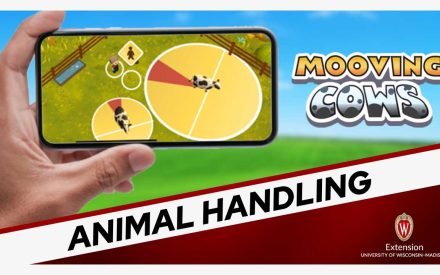 Mooving Cows: Learn basic cow handling skills to stay safe and keep cows calm
Mooving Cows: Learn basic cow handling skills to stay safe and keep cows calm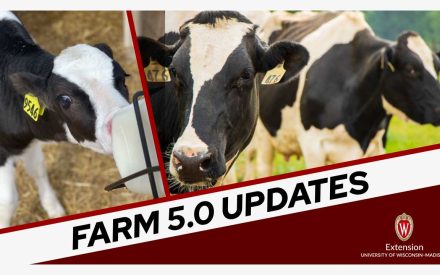 FARM 5.0 updates (Farmers Assuring Responsible Management)
FARM 5.0 updates (Farmers Assuring Responsible Management)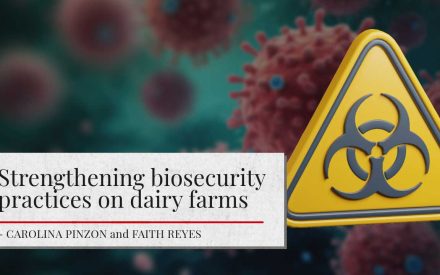 Strengthening biosecurity practices on dairy farms
Strengthening biosecurity practices on dairy farms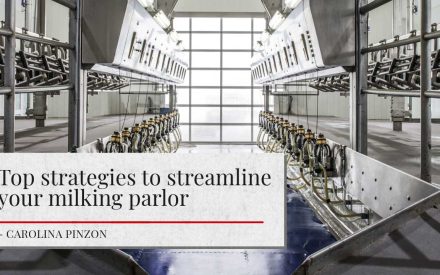 Top strategies to streamline your milking parlor
Top strategies to streamline your milking parlor


